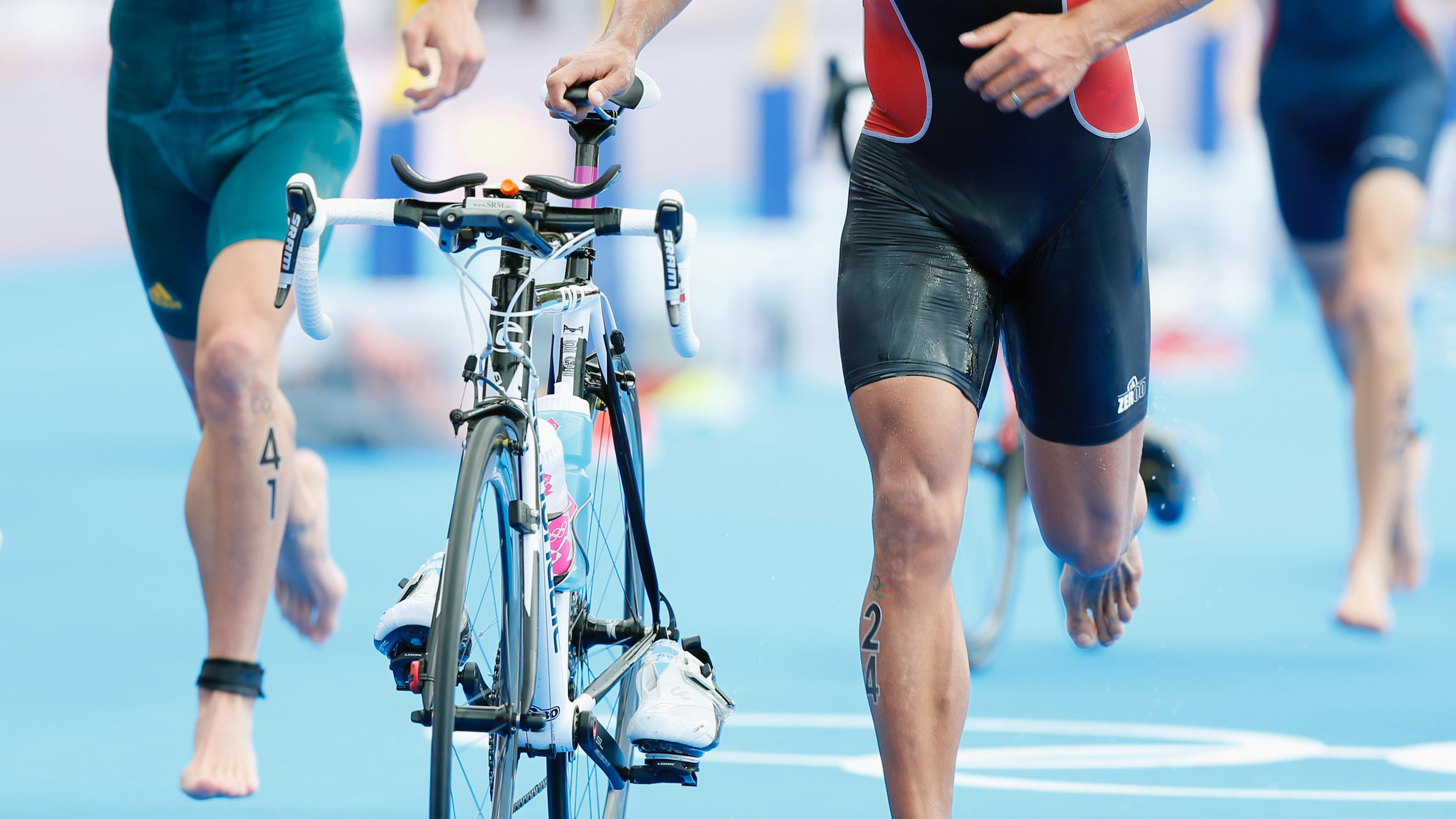Patellofemoral pain syndrome
This condition is characterised by diffuse pain in and around the kneecap without a specific cause. Knee pain is extremely common in adolescents who play sports.

Studies have shown that around 50% of non-specific knee pain (pain of unknown cause) may be due to patellofemoral pain syndrome (PFPS). PFPS is common in running sports and cycling and most often seen in those between 16-25 years of age.
PFPS may be caused by several factors, and with athletes it can be related to excessive overload. PFPS can also be caused by direct trauma to the kneecap, for example by falling on it, even though this is much less common.
Symptoms
The most common symptom is a diffuse pain in and around the kneecap without having an injury. The pain is aggravated by using stairs (especially going down), squatting, cycling, and with prolonged sitting. PFPS is therefore often referred to as «movie-goer’s knee». It is uncommon for the knee to lock-up or give-way, as is common with other knee injuries and conditions. The knee may feel stiff, even though it still has normal flexibility. Noises from your knee are common and not a sign of damage.
Diagnosis
A doctor or a physiotherapist will take your medical history and conduct a physical examination to confirm the diagnosis. X-ray and MRI images are often normal and are therefore of limited use.
Risk factors
We do not know exactly what causes PFPS. Some anatomical and biomechanical factors have been suggested as risk factors for developing the condition. Examples include overpronation (when the foot lands on outside of the heel and rolls inward), reduced strength and hip control. It is also likely that the training volume and intensity may play an important role. When anatomical factors are combined with overuse, there may be a risk of developing PFPS.
Gender is also considered a risk factor; female athletes have 1.5 - 3 times higher occurence of PFPS than their male counterparts.
Treatment and rehabilitation
The treatment of PFPS requires a holistic approach that considers all the potential factors that might have caused the condition. For some it might be appropriate to focus on strength, mobility or muscle control. This is usually done with a structured training programme. It is advised to consult a physiotherapist who has expertise in dealing with this condition.
Load management
Load management is one of the most important aspects of effective treatment and the athlete's total training load should be summarised and evaluated. It is often necessary to reduce the amount of pain provoking activities for a short period. Using orthotics (knee braces) and tape may reduce symptoms, but often temporarily. They can, therefore, be used as part of the overall treatment strategy. The return to sport should be gradual and well structured. Good communication and collaboration with the coach are recommended throughout the rehabilitation.


